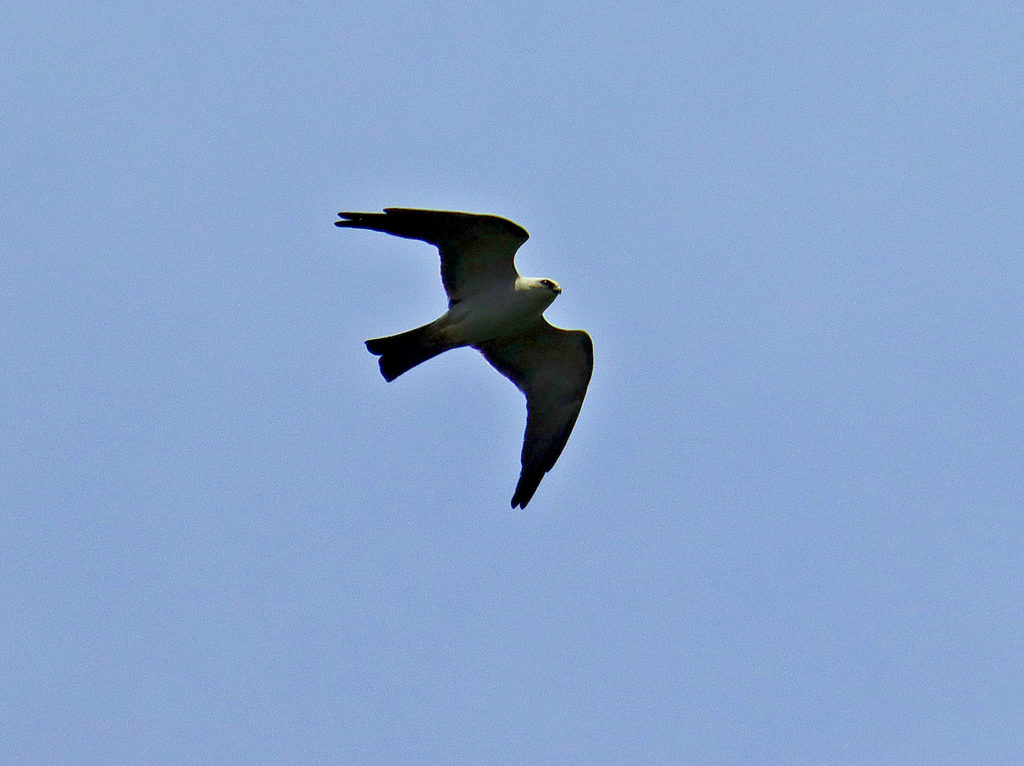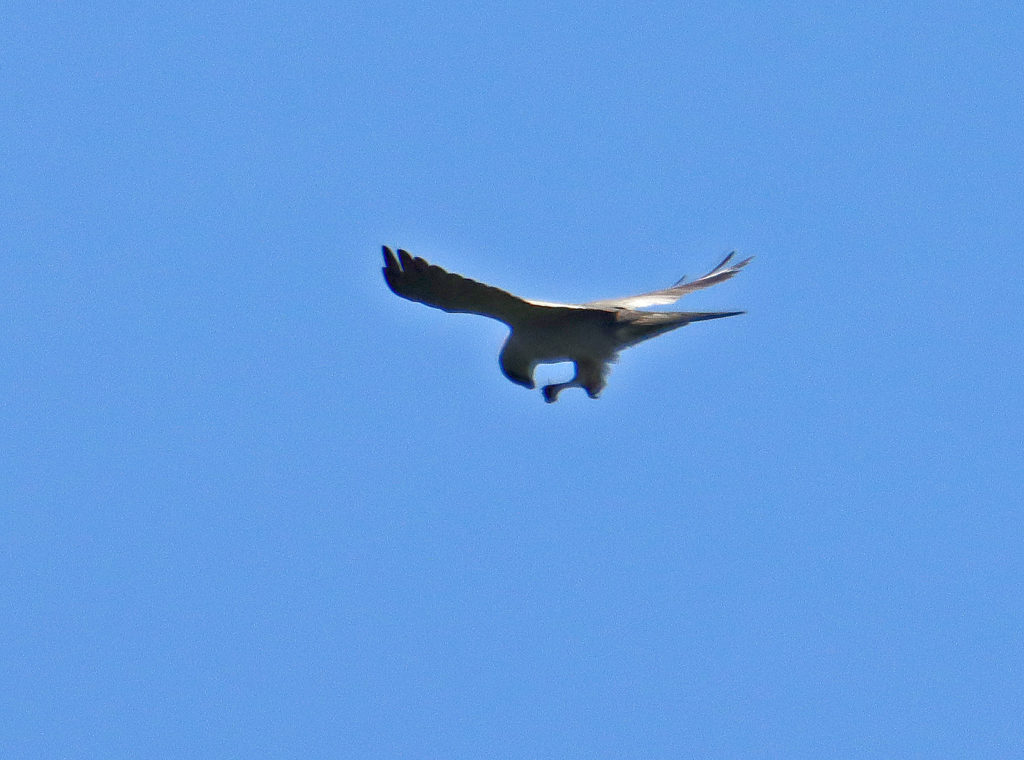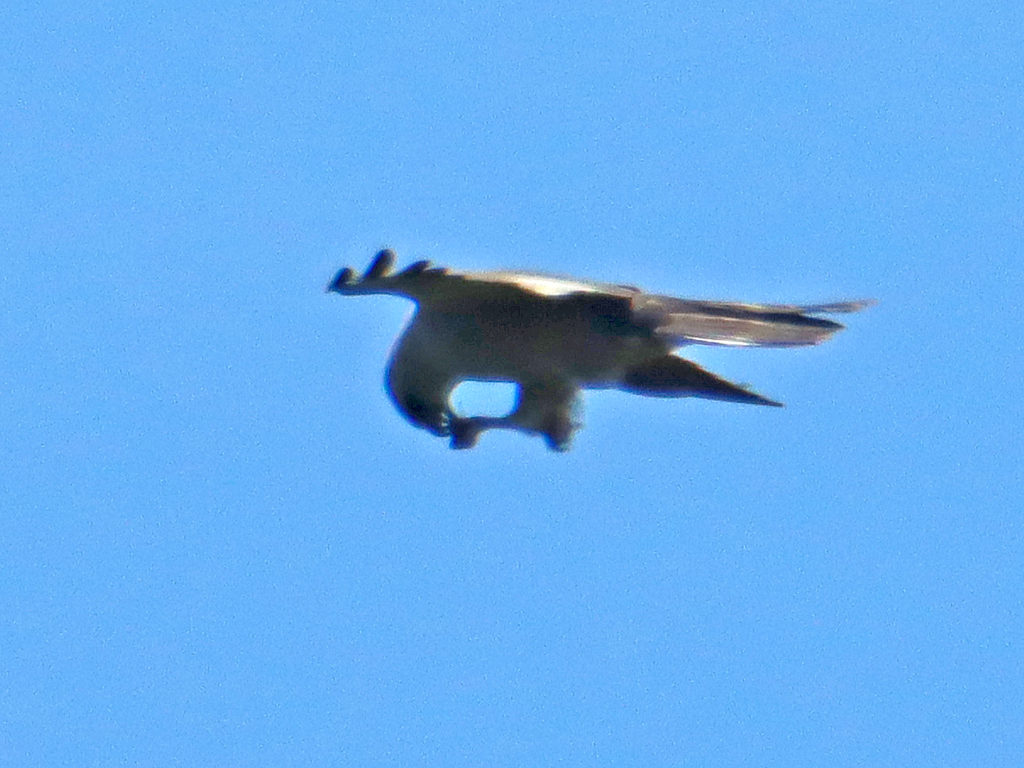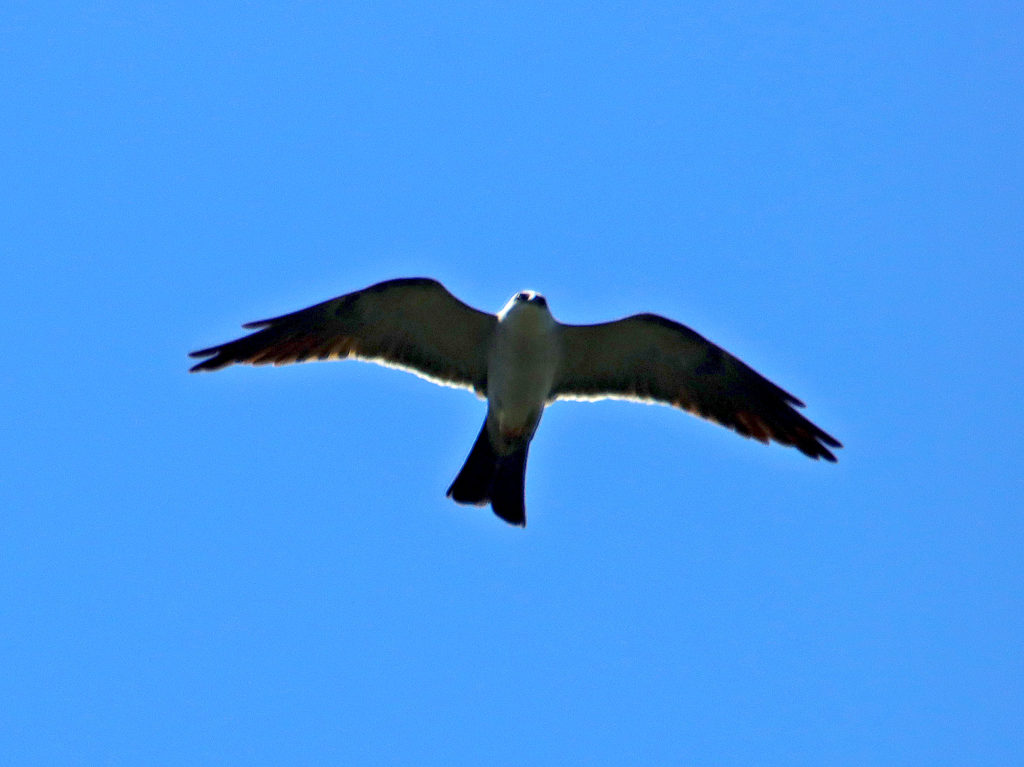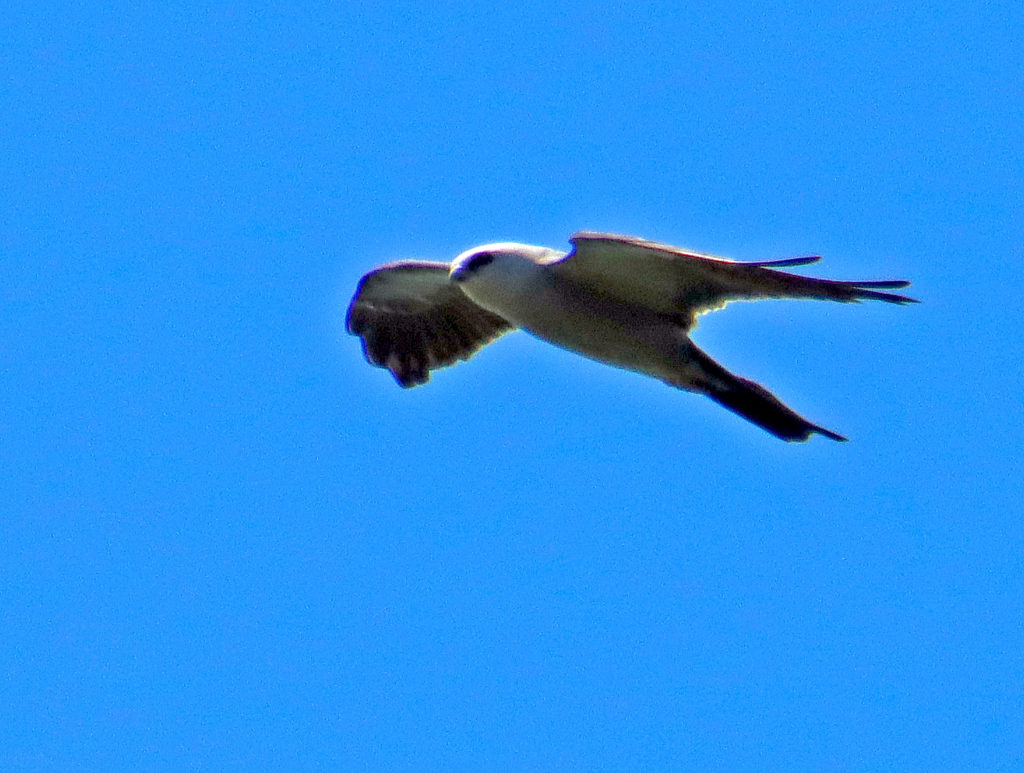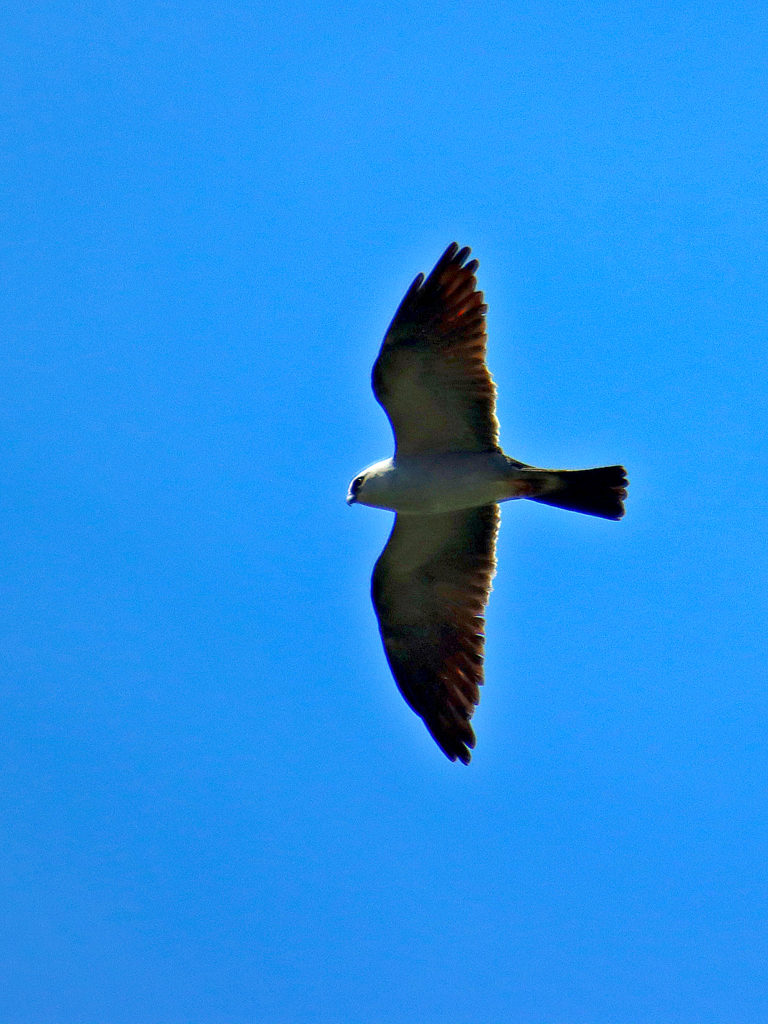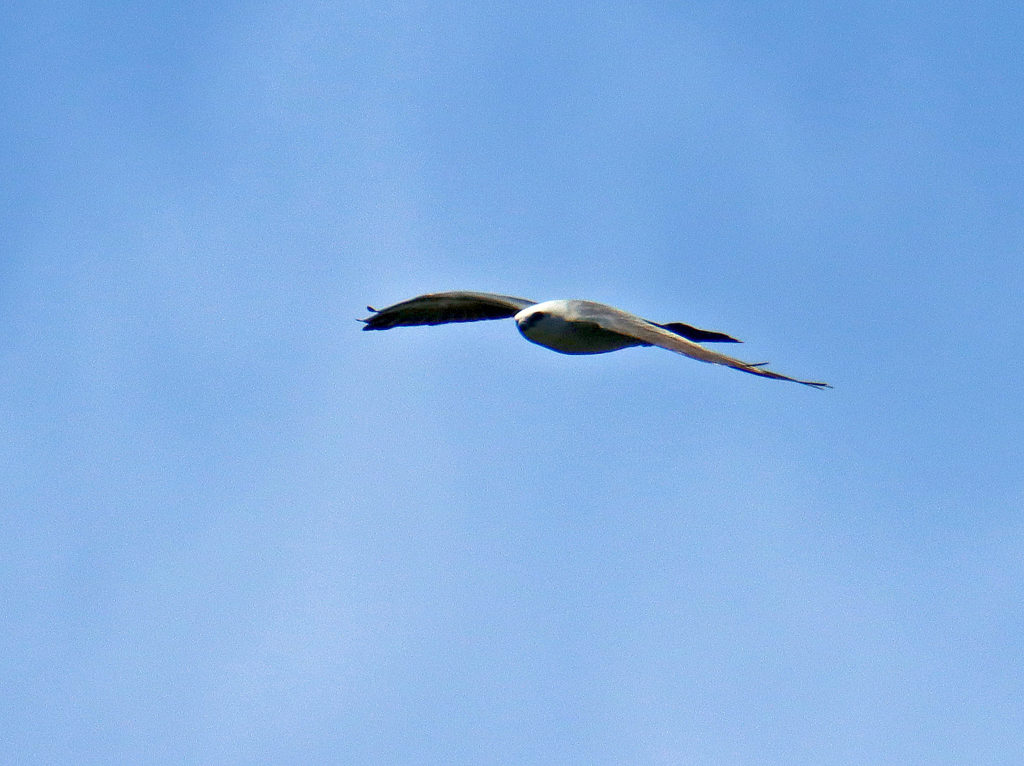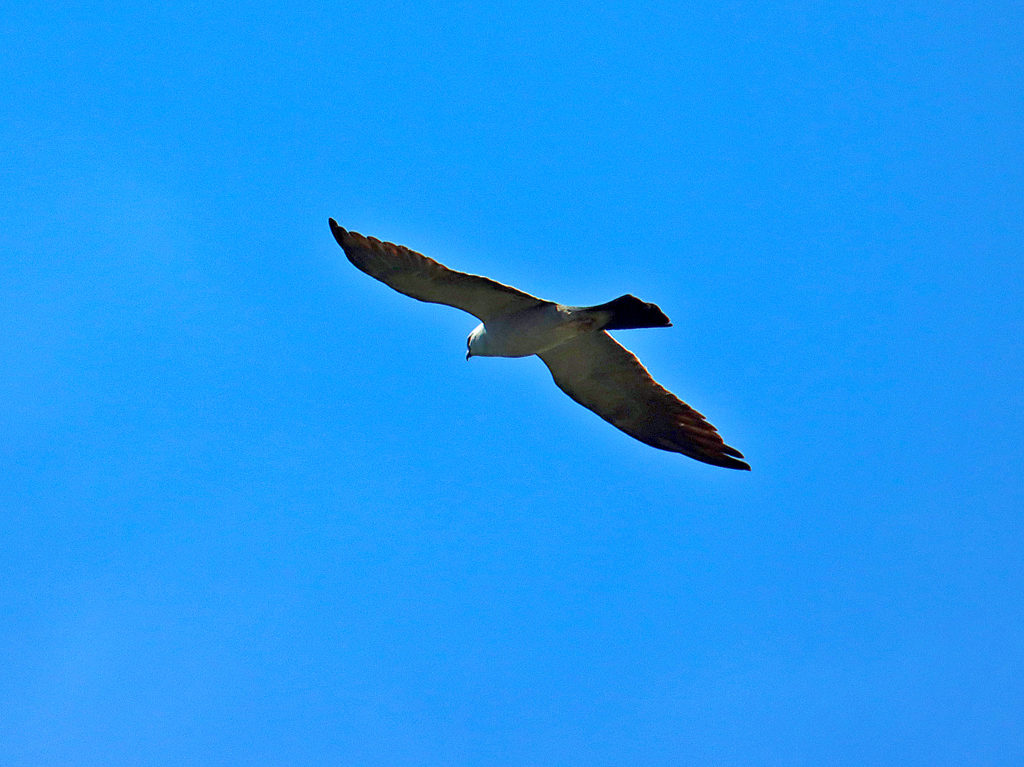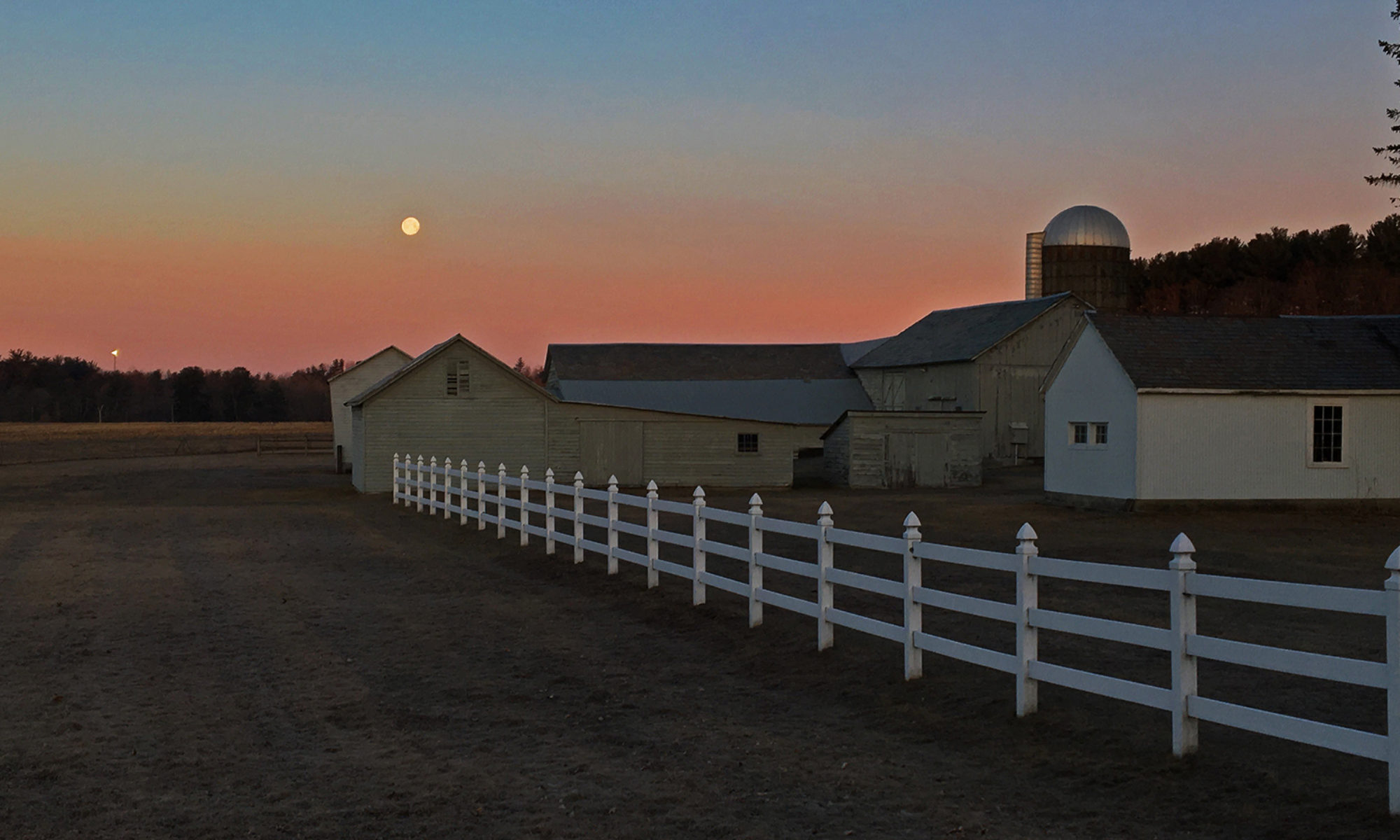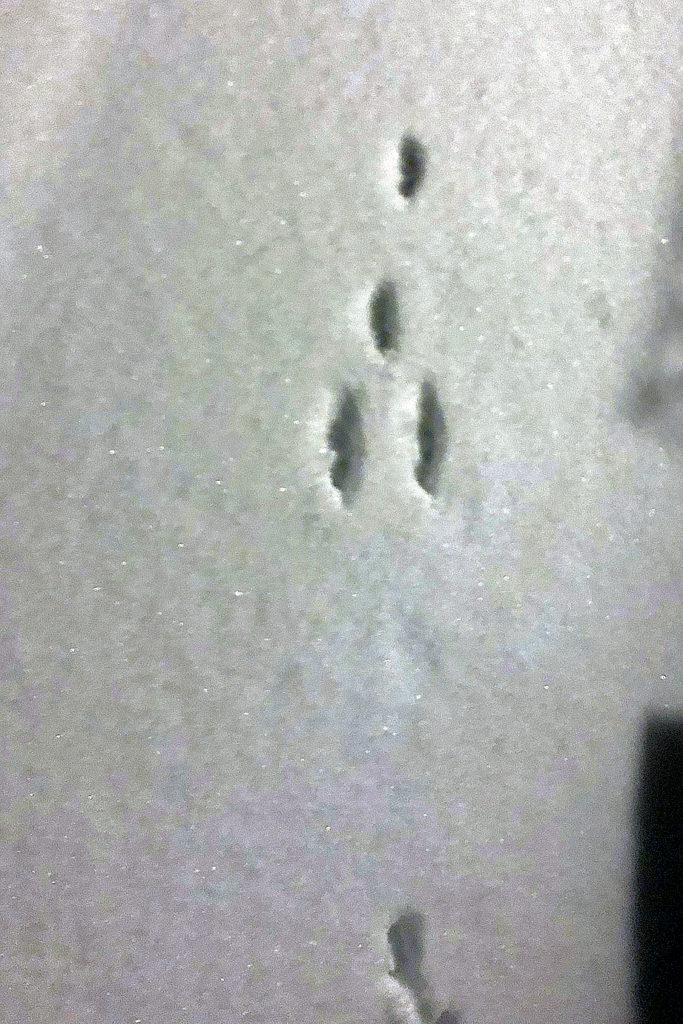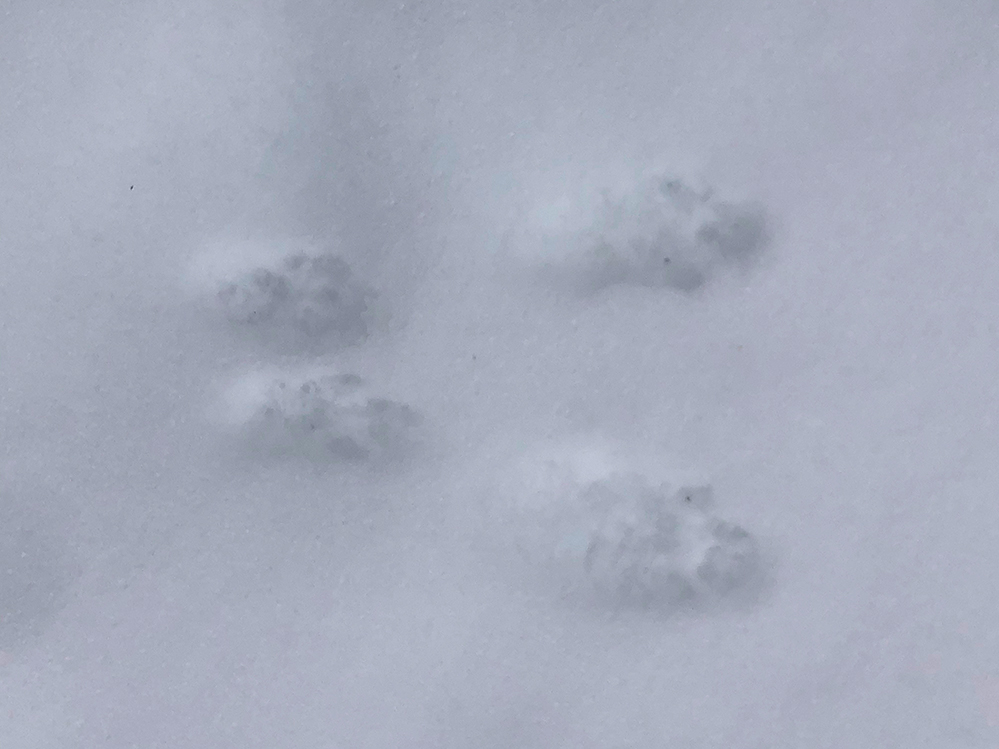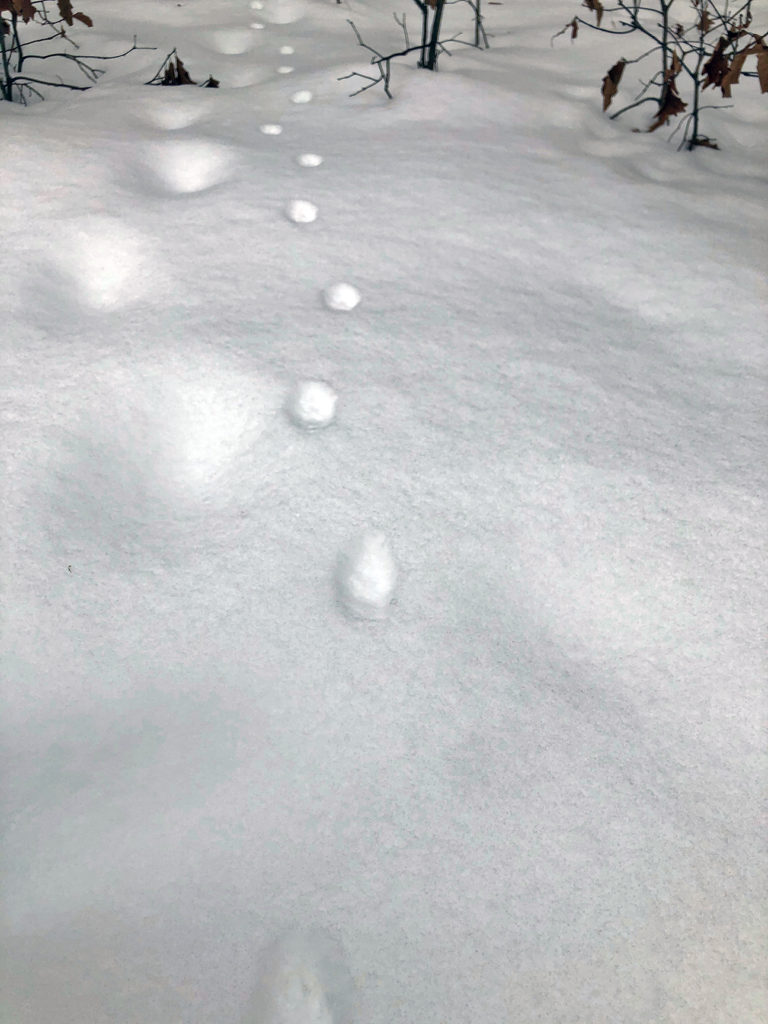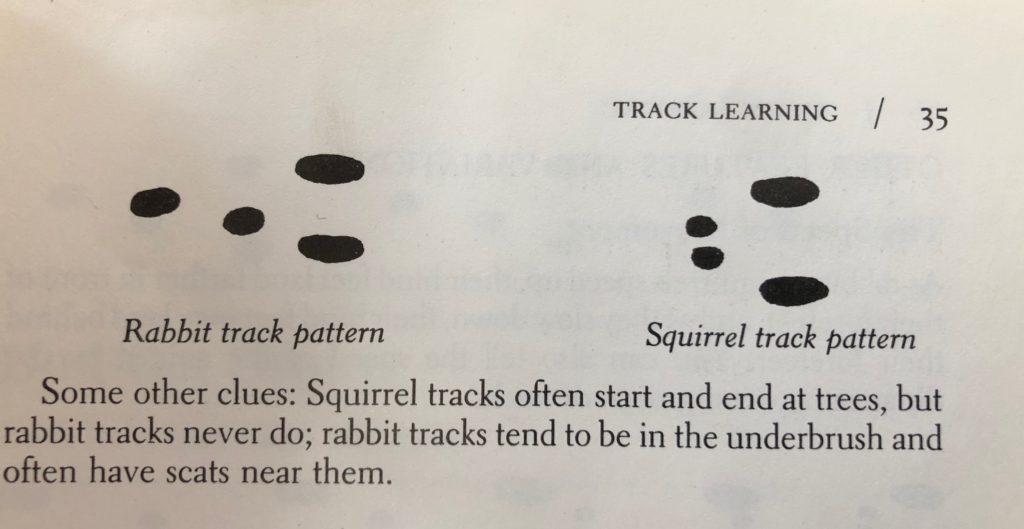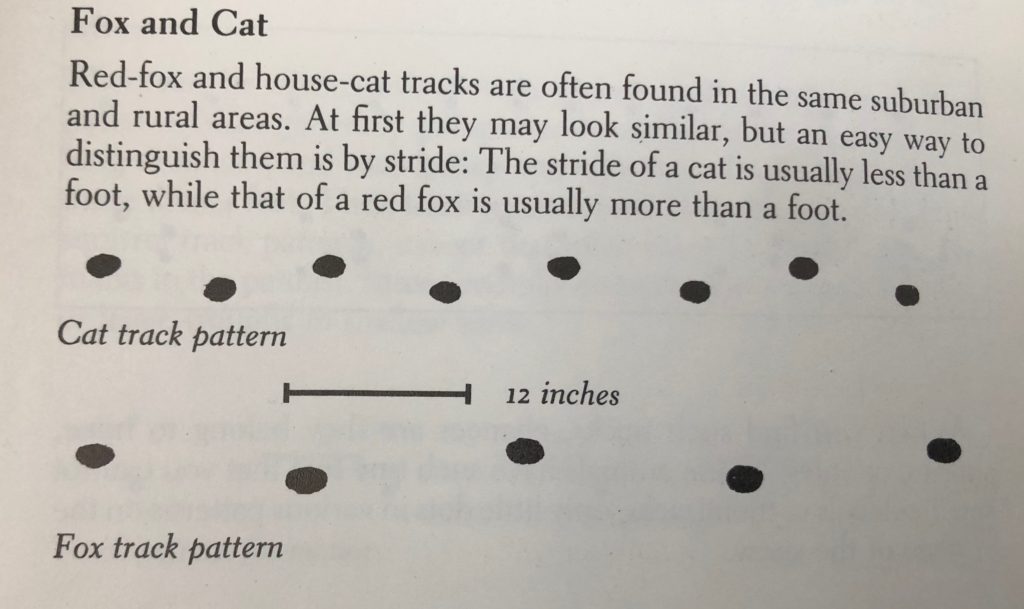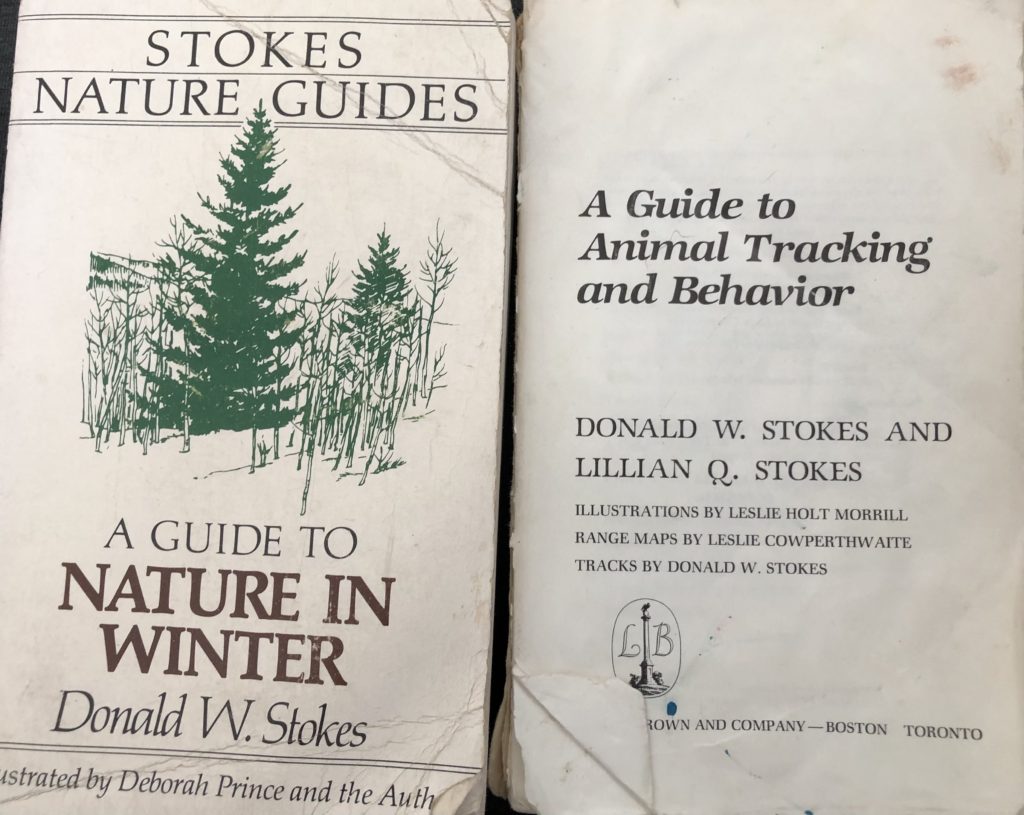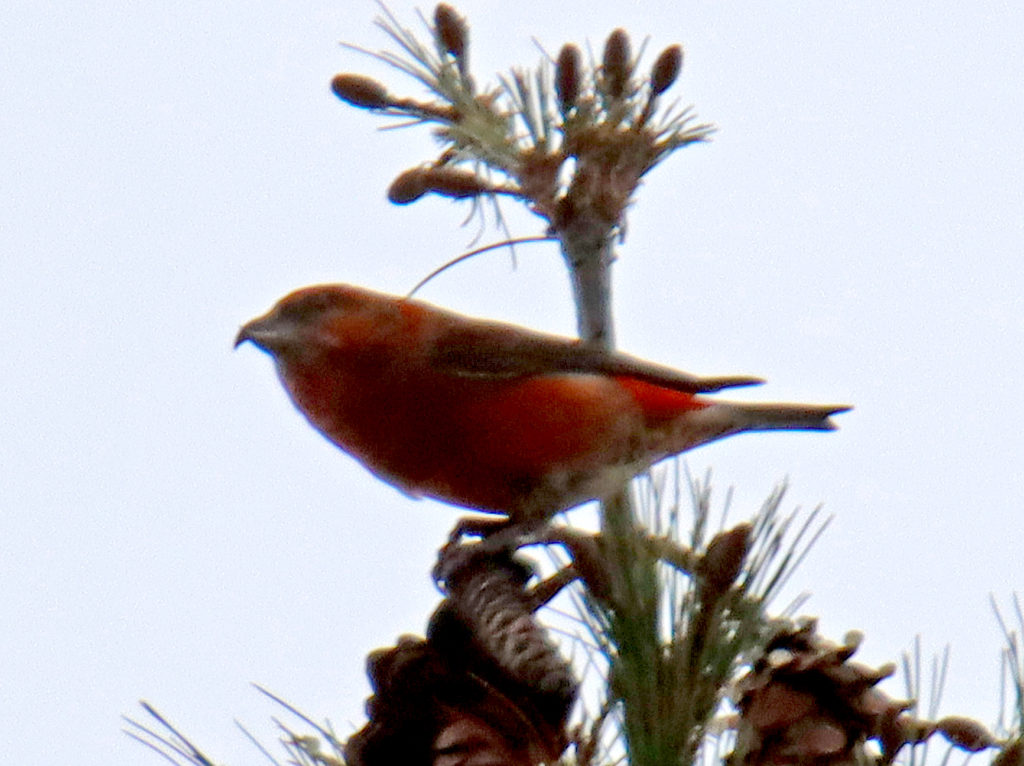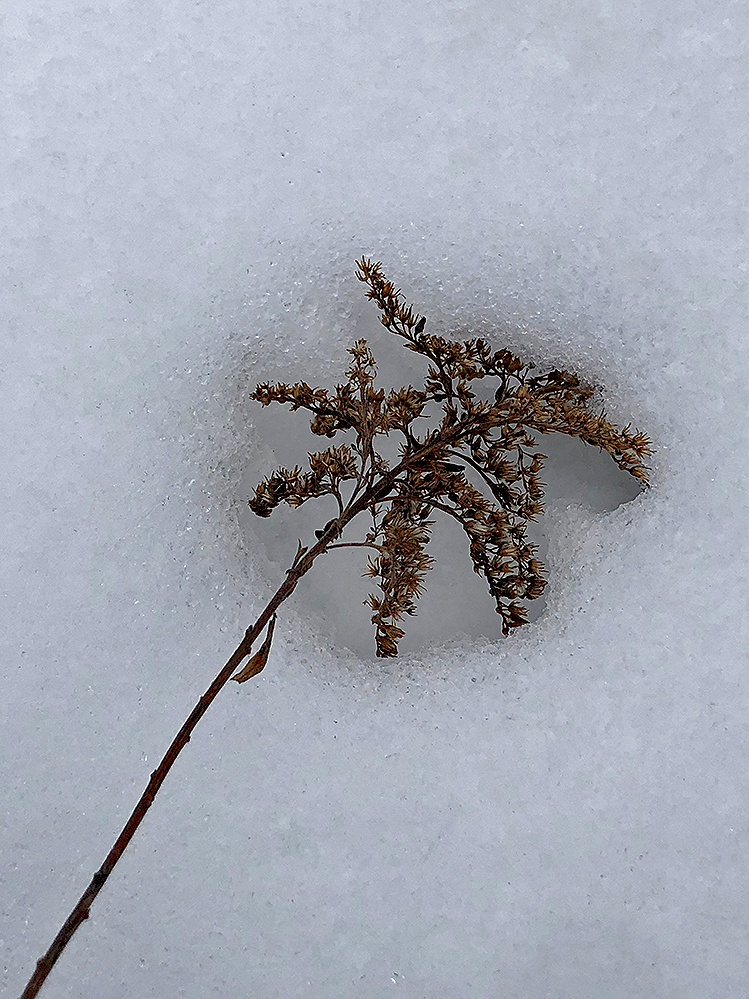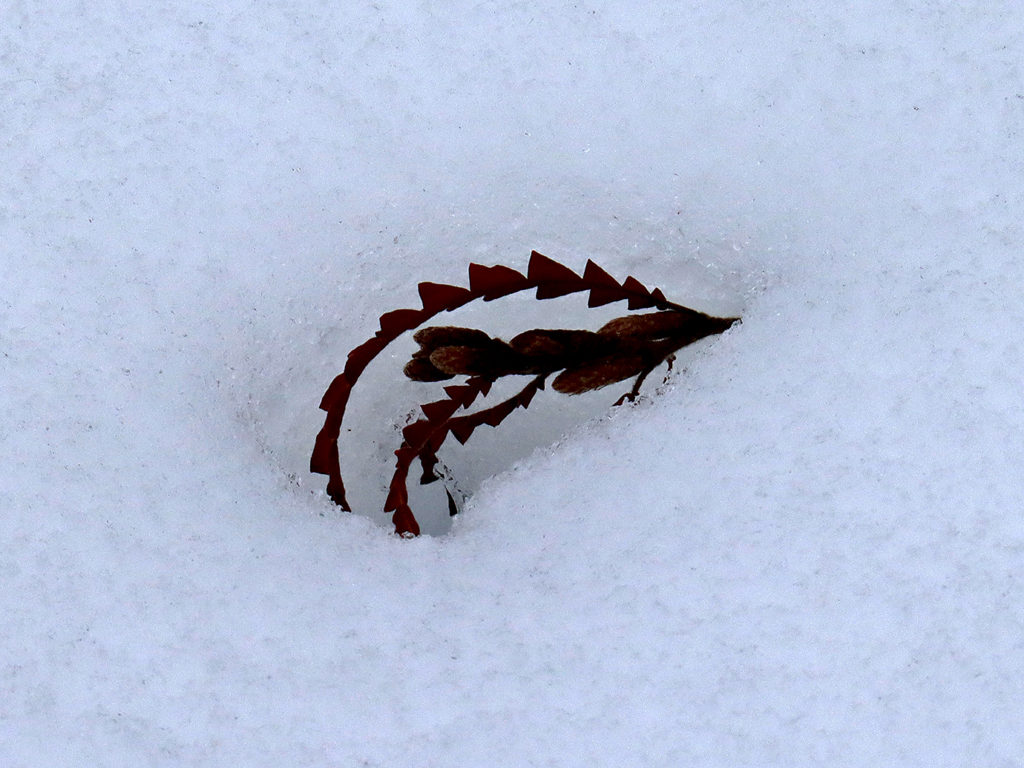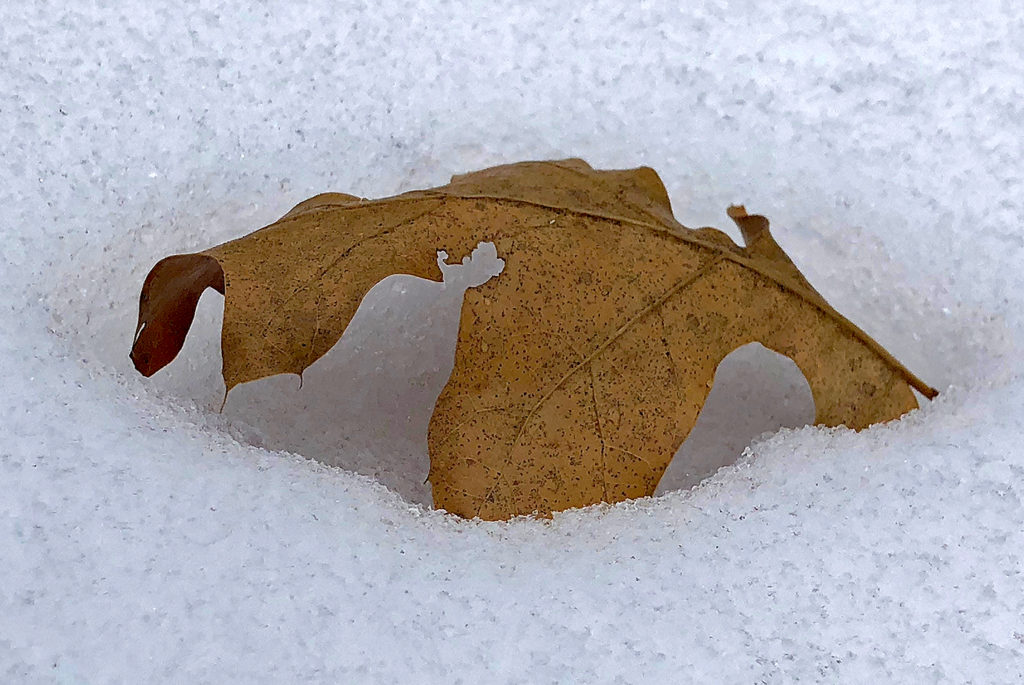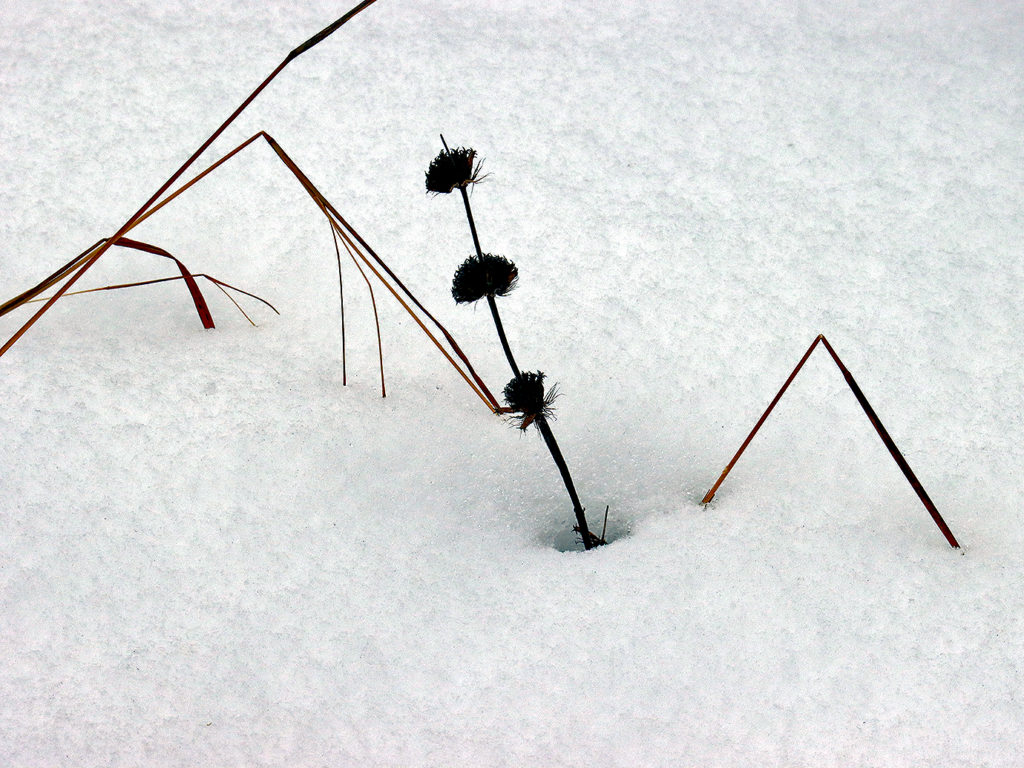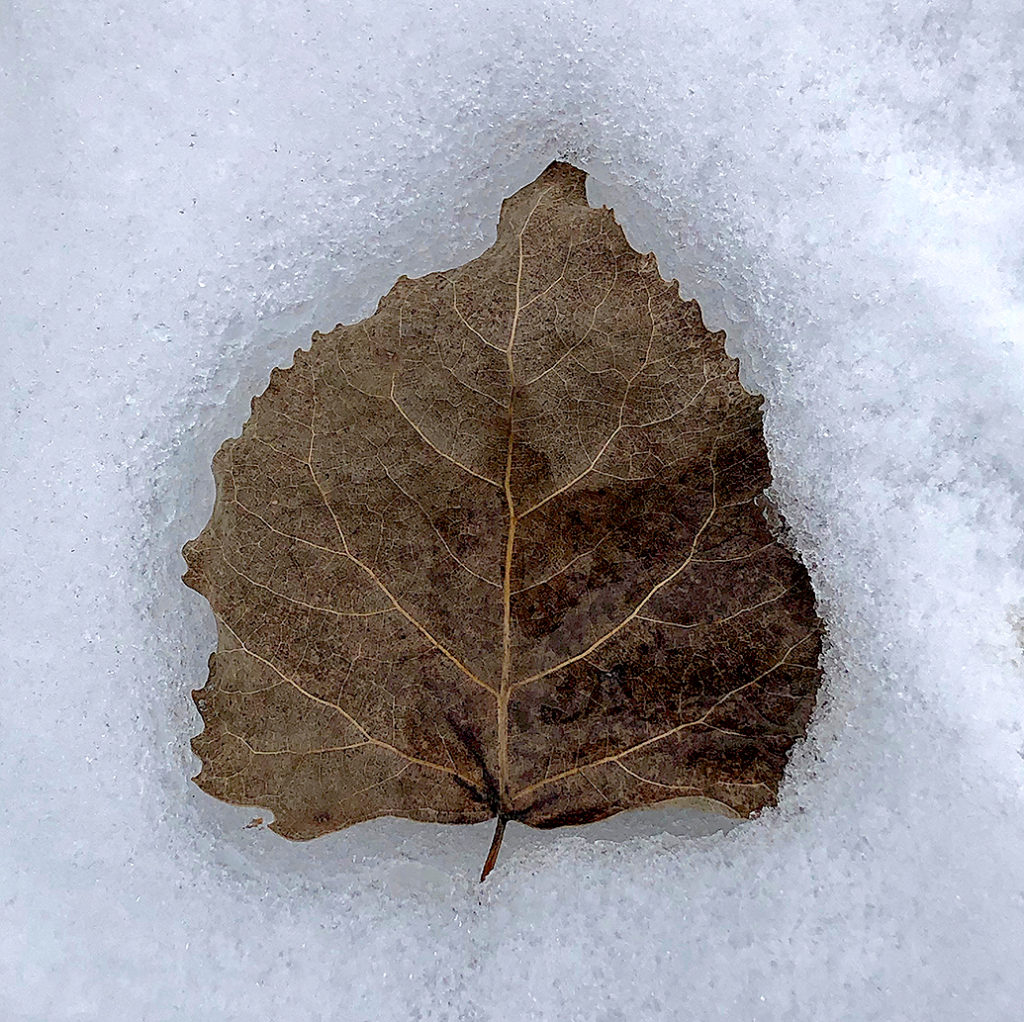This is my first blog ever! I have been somewhat of a Luddite when it comes to social media. I do see the benefits and now endeavor to make use of it in my purpose to share Nature and Art as I experience them.
With my current autoimmune disease and large and small fiber neuropathies, I cannot walk and exert myself to the degree that I would like. Growing up, Winter was my favorite season. It held my birthday and the beauty of light on snow has always caught my attention. I used to go all over the woods in snowshoes and even led walks on them when I worked at the Saratoga Spa State Park in the late 80’s. Sledding, building snow forts to stave off the attacks of my brothers and friends and making snowmen were regular Winter activities. Today, approaching my 61st birthday, and limited as mentioned above, I can bemoan my state, or find new ways to appreciate Winter. To be honest, it’s a bit of both! In recent years, I have given myself permission to stop and take photos when I see them. I used to designate times to go take photos, now, if my timing and responsibilities permit, I like to stop and take a series of photos to see what I can make of the view. Most don’t go anywhere in my art and Nature purposes, but it is an important part of my life. I take anywhere from 100-2,000 photos a week depending on where I am and what my purpose is. If I am going by Saratoga Lake when there are a lot of waterfowl there, I might take 500-900 photos. Often, parking is limited and I have to do what I call “drive by shooting” where I take many photos of the birds in a short time and look through them later to identify the birds involved. In the days of film, this would have been prohibitively expensive, but with digital photography, it is a great tool. I can get several views of individual birds and get a count of birds, particularly with diving ducks that I might have missed on first swing through.
I use a Canon 90D and a Tamron 150-600mm G2 lens for the bulk of nature photos. I use my iPhone for most of my artistic photos. (Though, phones can be great for close up Nature. My recent “Best in Show” photo at Wilton Wildlife Preserve’s annual photo contest was of a Karner Blue Butterfly on Knapweed taken with my phone) I admire many of my birding and photographer friends who take better bird and wildlife photos. I can only hope that my eye for composition is good.
Back to Winter in past two days. I went out yesterday in the afternoon after the rain had stopped. I saw a bittersweet bush with raindrops refracting the image of the trees beyond upside down, mush the way our eye see things (and our brains put them rightsize up, very cool!) I then went to Saratoga Spa State Park and saw a small flock of birds on the road into the Geyser Picnic area. I pulled over as best as I could, but was surprised in next half hour how many people drove, ran and walked by me. I used the Tiska tiska call of the Tufted Titmouse that is part of the ap I have on my phone that has all the birds’s calls on them. This call is good for bringing in chickadees, titmice, woodpeckers, nuthatches and whatever else might be around. I was lucky to hear the high pitched call of Golden-crowned Kinglets. I switched to their calls and soon had 2 Golden-crowned Kinglets flitting around the cedar tree and other small trees nearby, trying to figure out where the other kinglet was. I took many photos despite the low light level. They are one of my favorite birds. (Though to be honest, my favorite birds list changes all the time based on what birds I am seeing at the moment!) I stopped when I figured that the kinglets had had enough and my fingers were getting numb. While standing there, I heard or saw: 8 Black-capped Chickadees, 4 Tufted Titmice, 3 White-breasted Nuthatches, 2 Red-breasted Nuthatches, a White-throated Sparrow, a Belted Kingfisher, 7 Blue Jays, 2 Common Crows, 2 Downy Woodpeckers and 1 Pileated Woodpecker. I felt lucky to have this variety in one spot in such a short time frame.
I am realizing that the purpose of a blog is to have a quick snapshot of a time and place and share insights. Now that I have had this opening ramble, I will continue to share what I see and any interesting photos that may not necessarily meet my purposes for art and/or Nature images, but give an idea of what I am seeing. I hope people will read these and respond in the spirit of inquiry and insight that they are written.
Respectfully,
Ron
